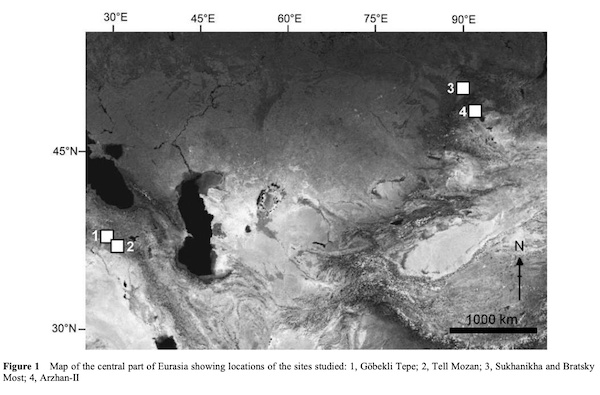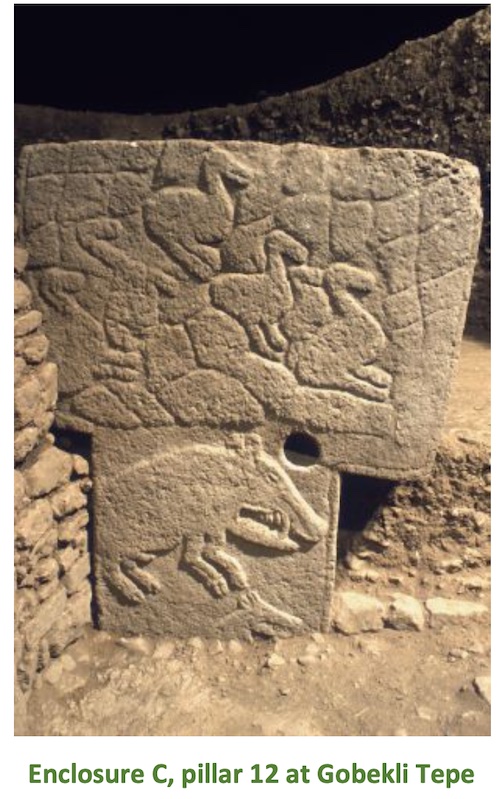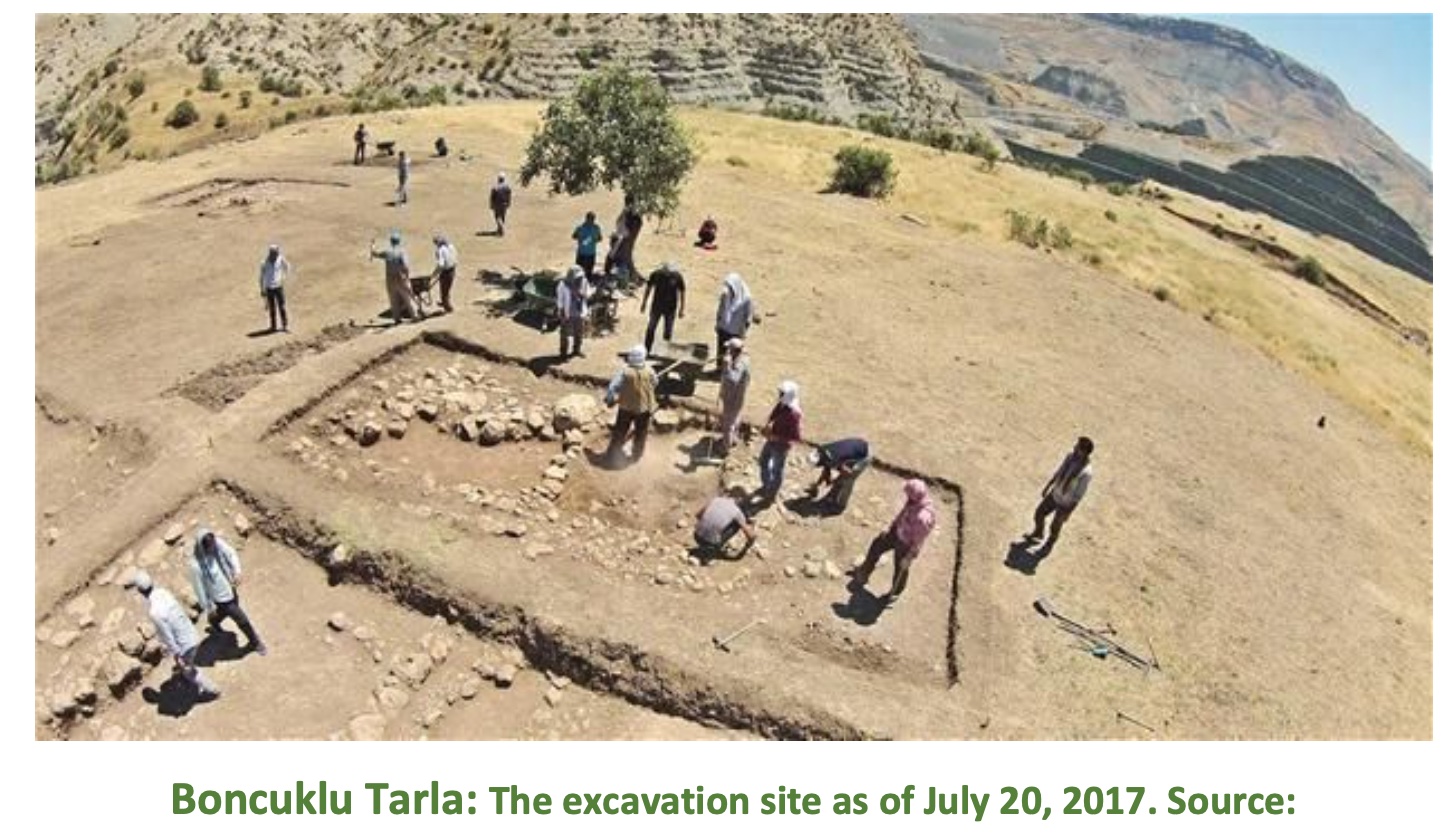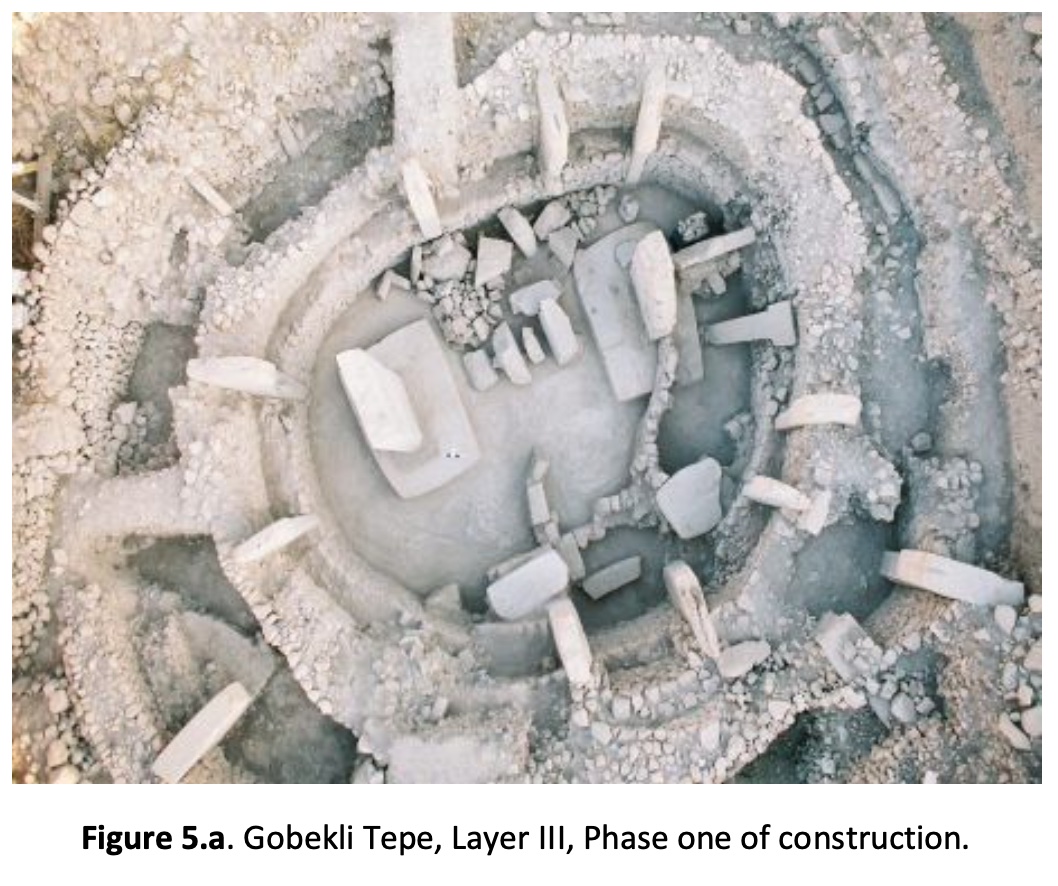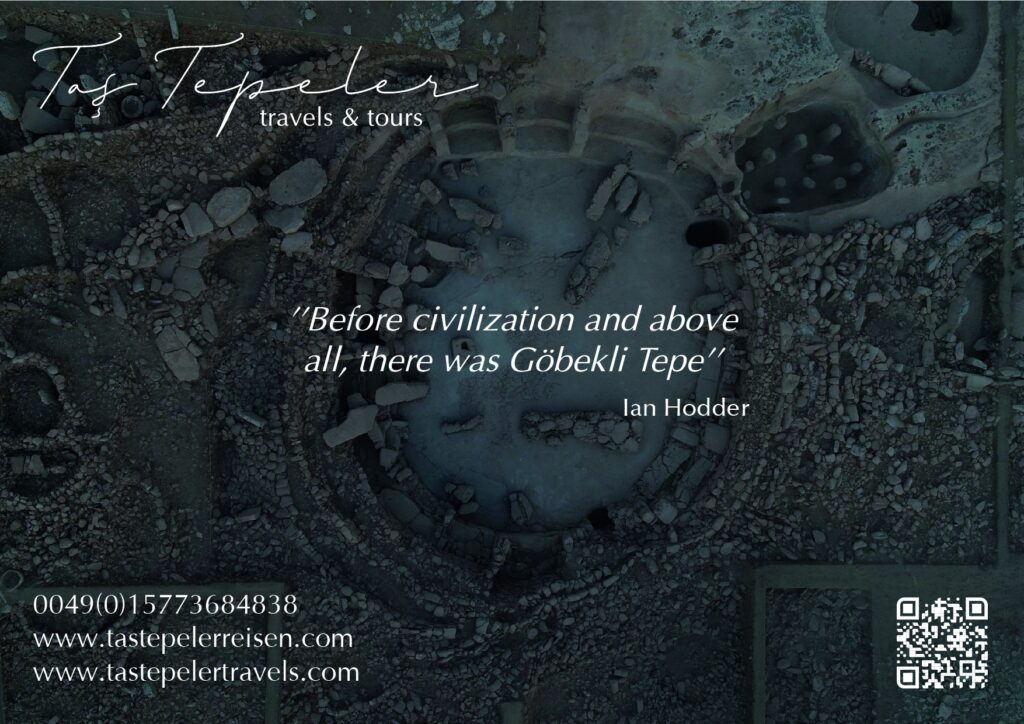Radiocarbon dating of thin pedogenic carbonate laminae from Holocene archaeological sites
Abstract: Radiocarbon dating has been previously suggested to be applicable to pedogenic carbonate. However, until now the validity of radiocarbon dates from pedogenic carbonate remained poorly understood because of the relatively low resolution of chronological controls. In this study we compared the radiocarbon dates (a total of 21) of thin (0.2–0.3 mm in thickness) laminae of pedogenic carbonate coatings on clasts from Holocene archaeological sites in the eastern Mediterranean and south Siberia with independently estimated age- ranges for these sites. We obtained a high correlation between the oldest laminae of coatings with the site ages. The 14C ages of pedogenic carbonate were systematically younger by c. 0.3–1.6 ka
Read More

